Info
Subfamily: Pooideae
Genus etymology: Dactylis = "finger" [Greek] refering to the inflorescence shape
Species etymology: glomerata = "ball of thread possessing" [Latin] refering to the spikelets croweded into ball like structures
Photosynthetic type: C3 (cool season)
Nativity: naturalized - intentional
First recorded in Hawaiʻi: 1893
Map
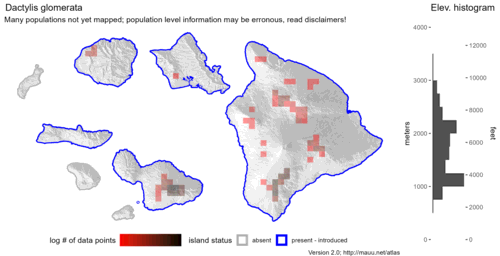

Inflorescence
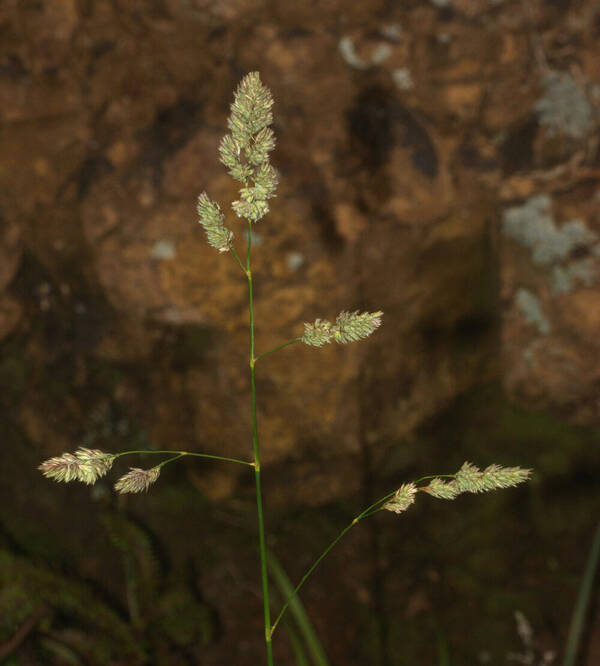
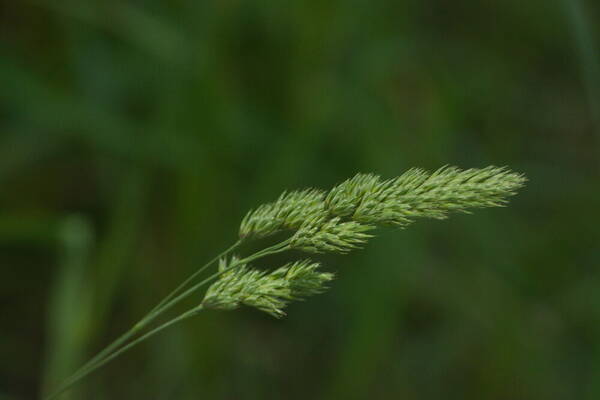
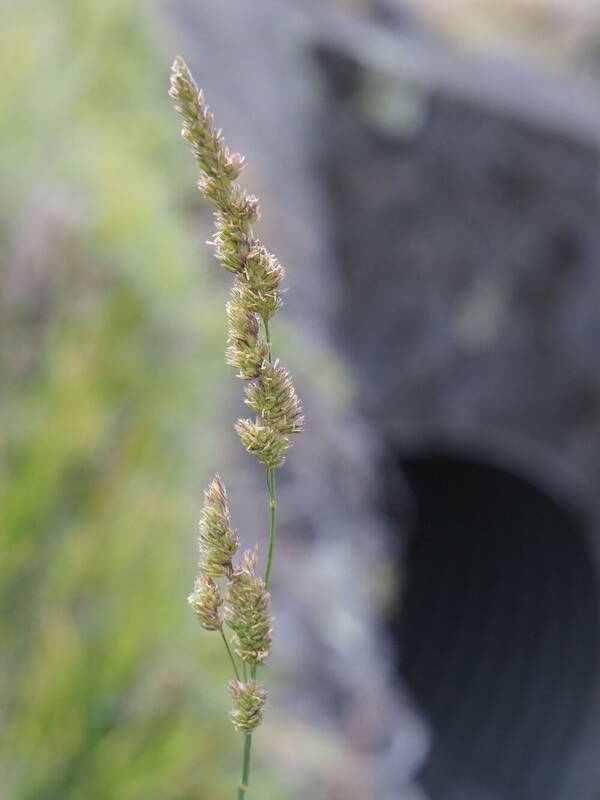
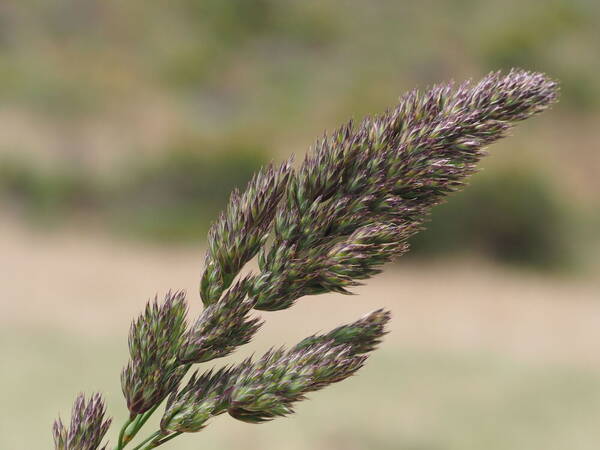
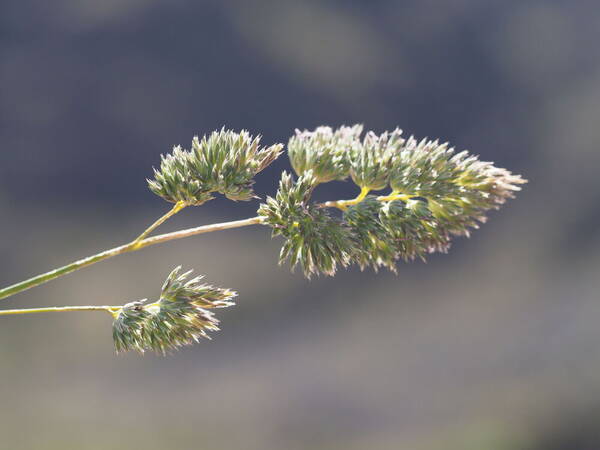
Plant
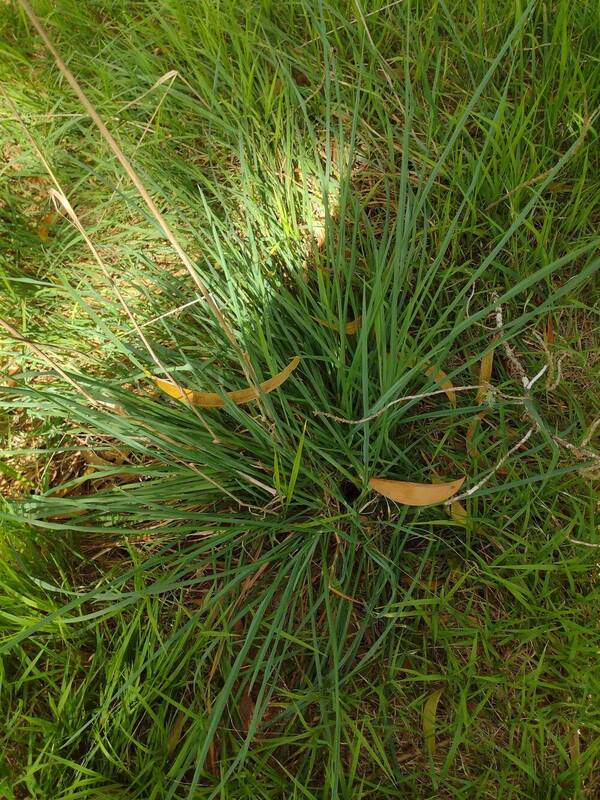
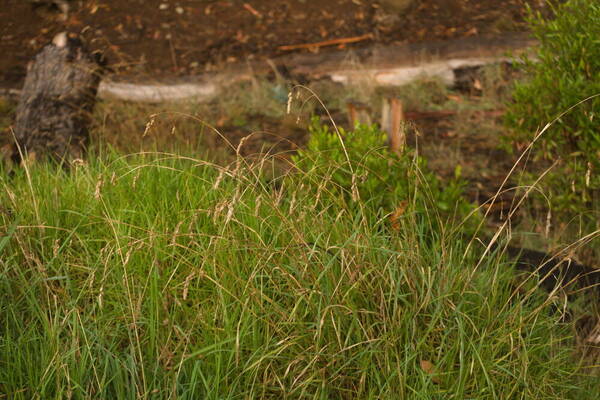
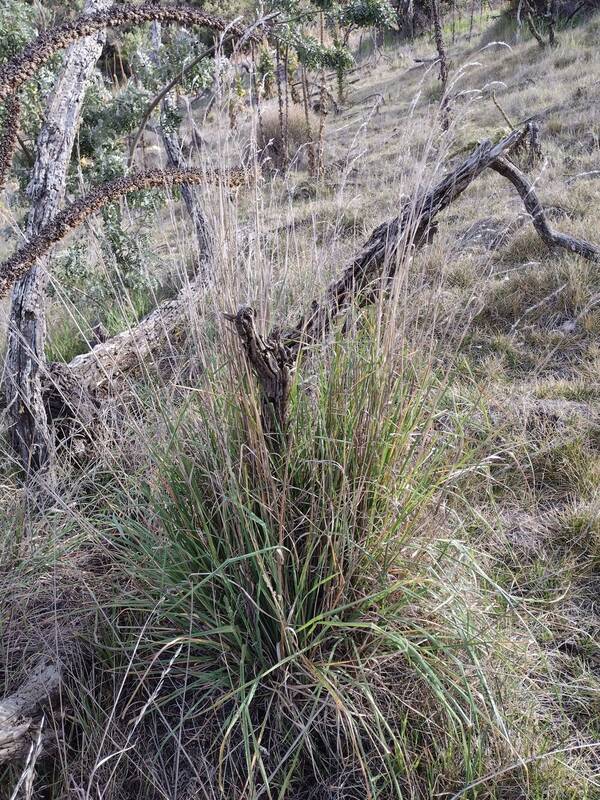
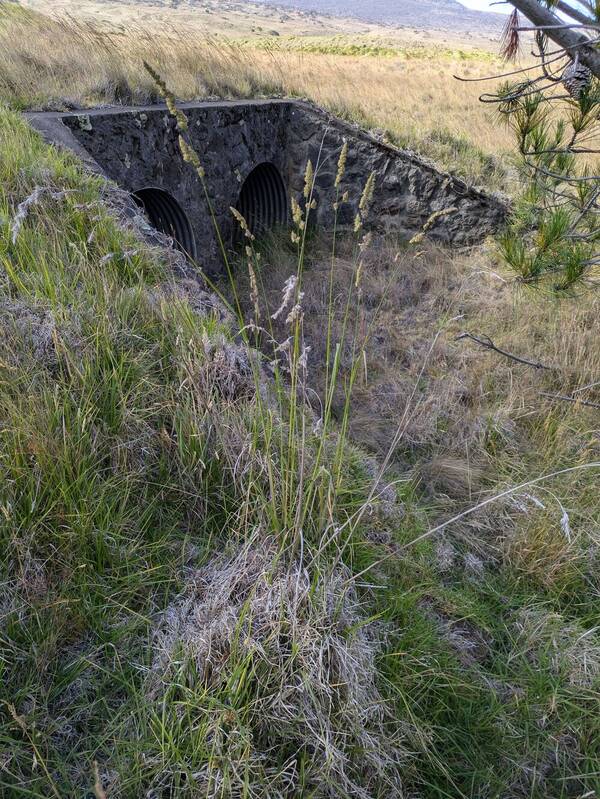
Habit
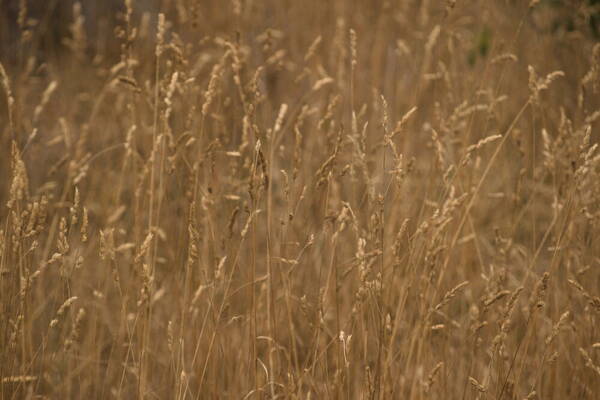
Spikelets
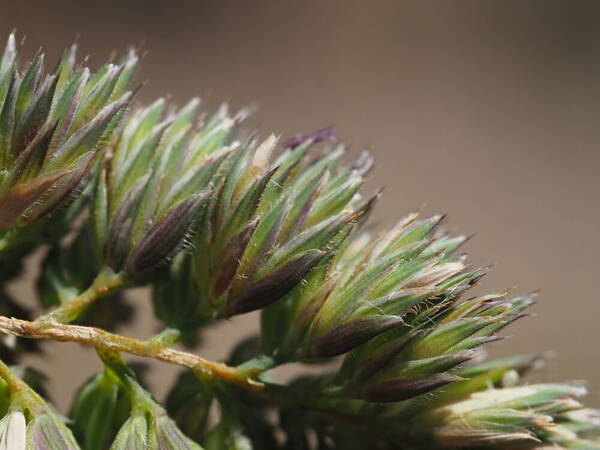
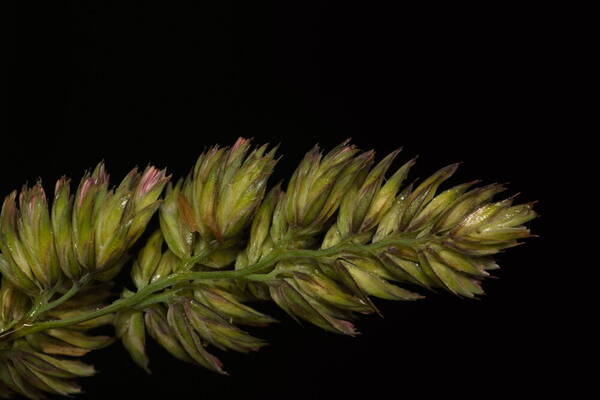
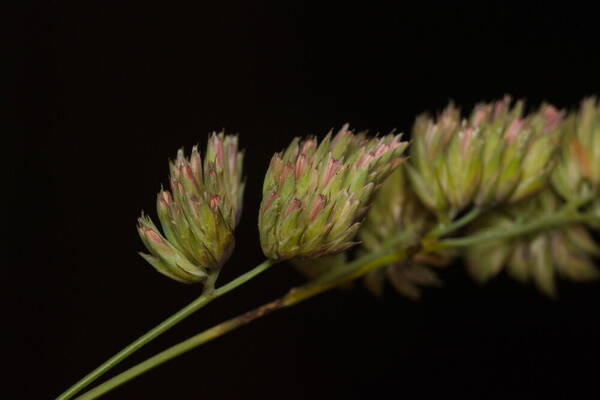
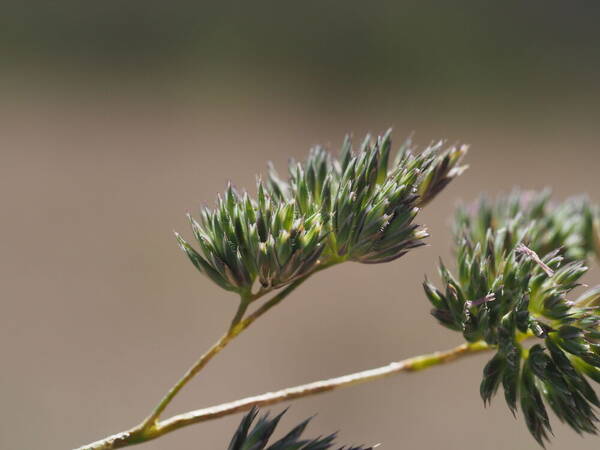
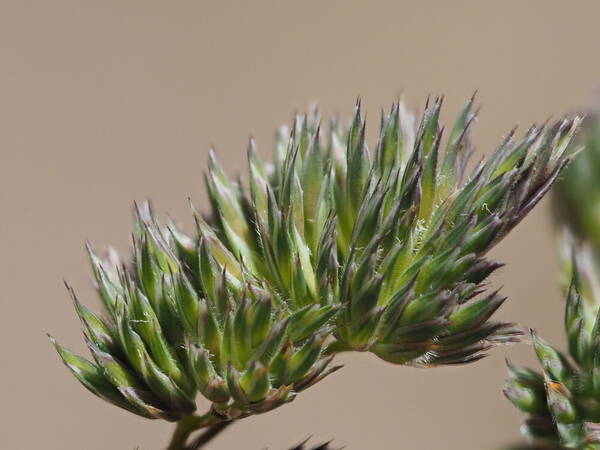
Viviparous inflorescence
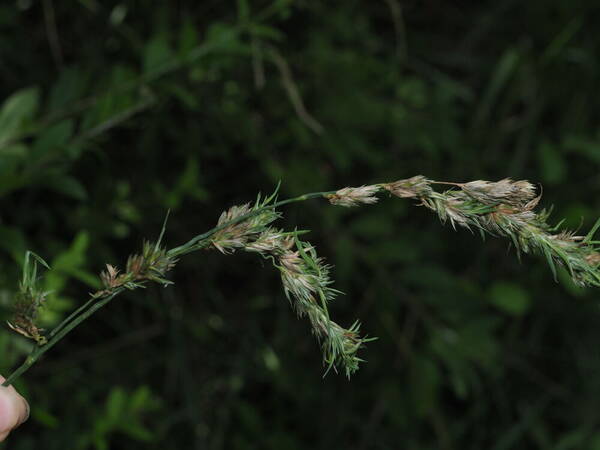
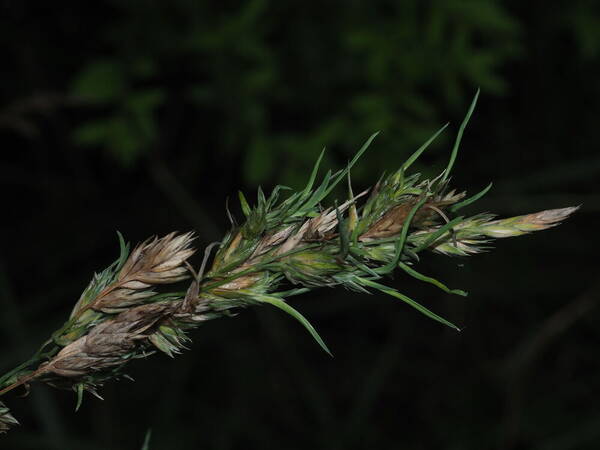
Description
Culms to 2.1+ m, erect. Leaves dark green; sheaths longer than the internodes, glabrous, usually keeled; ligules 3-11 mm, truncate to acuminate; blades (2)4-8(10) mm wide, elongate, lax, with a conspicuous midrib and white, scabridulous to scabrous margins. Panicles 4-20 cm, typically pyramidal, lower branches spreading, upper branches appressed. Spikelets 5-8 mm, subsessile. Glumes 3-5 mm; lemmas 4-8 mm, scabridulous; paleas slightly shorter than the lemmas; anthers 2-3.5 mm. 2n = 14, 21, 27-31, 42.
(Description source: Barkworth, M.E., Capels, K.M. & Long, S. (eds.) 1993. Flora of North America, north of Mexico. Volume 24. Magnoliophyta: Commelinidae (in part): Poaceae, Part 1. Oxford University Press, New York. 911 pp. http://floranorthamerica.org/Dactylis_glomerata )
Tufted perennials; culms 15-140 cm tall, erect or spreading, slender to stout, the vegetative shoots strongly compressed. Sheaths strongly compressed and keeled; ligule oblong-ovate, 4-8 mm long, fimbriate-lacerate; blades 10-45 cm long, 2-14 mm wide, folded, glabrous. Inflorescences paniculate, oblong to ovate, 2-30 cm long, the branches closely spaced, usually the lower ones distant and without spikelets; spikelets oblong or cuneate, 5-9 mm long, aggregated in compact fascicles; glumes lanceolate to ovate, 3-6 mm long, 1-nerved, keel ciliate, first glume 2-6 mm long, second glume 3-7 mm long; lemmas lanceolate to oblong in side view, 4-7 mm long, keel ciliate or scabrous, apex with a rigid awn up to 1.5 mm long; palea lanceolate. Caryopsis loosely enclosed by lemma and palea, ellipsoid to lanceoloid-ellipsoid, ca. 3 mm long. [2n = 14, 27-31, 42.]
(Description source: O’Connor, P.J. 1990. Poaceae, pp. 1481–1604. In: Wagner W.L., Herbst D.R. & Sohmer S.H. (eds.)., Manual of the flowering plant of Hawaiʻi. Vol. 2. University of Hawaii Press & Bishop Museum Press, Honolulu )